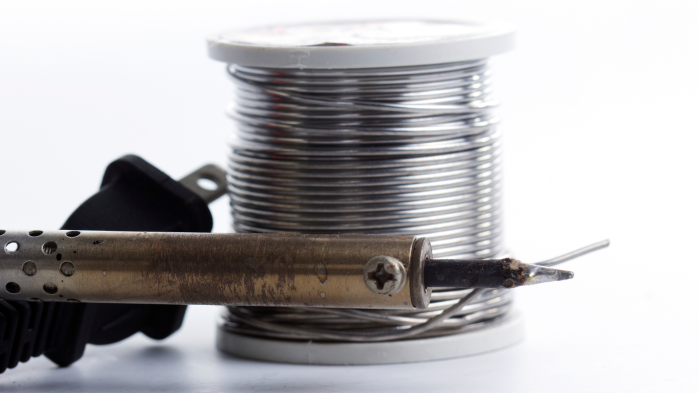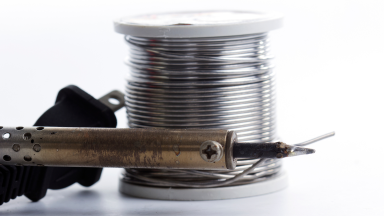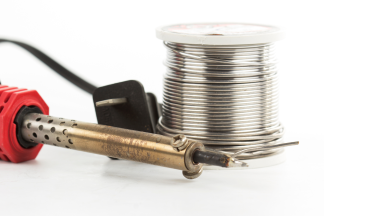10 Tips for Mastering Stainless Steel Welding Like a Pro
This article reveals 10 essential tips for mastering stainless steel welding, covering everything from selecting the right equipment to finishing techniques. Aimed at enhancing the skills of welders at all levels, this practical guide will help you achieve professional results in your stainless steel welding projects.

10 Tips for Mastering Stainless Steel Welding Like a Pro Stainless steel welding is a valuable skill in the world of manufacturing and repair, offering durable and resistant joints for a variety of applications. Whether you're a beginner or looking to refine your techniques, these ten tips will guide you towards enhanced mastery of stainless steel welding.
Understand the Properties of Stainless Steel Stainless steel, or inox, is prized for its corrosion resistance and aesthetic appeal. Knowing the different grades of stainless steel (such as the 304, 316 series, etc.) and their applications will help you choose the right material for your stainless steel welding project. To deepen your knowledge about the properties of stainless steel, visit Stainless Steel — Wikipedia (wikipedia.org).
Select the Right Welding Equipment For successful stainless steel welding, using the right equipment is crucial. Choose a TIG (Tungsten Inert Gas) welding station for a clean and precise finish. The choice of shielding gas, usually pure argon, also plays a significant role in the quality of the weld. Find recommendations on the best welding equipment at craftsmanprotools : Welding Store for the Professional Welder.
Prepare the Equipment Thorough preparation of the equipment is essential. Ensure that the surfaces to be welded are clean, free from grease, oil, or any other contaminants. Light sanding followed by cleaning with an appropriate solvent can improve the adhesion of the weld.
Master the Welding Station Settings The key to quality stainless steel welding lies in the settings of your welding station. Too high a temperature can cause the metal to burn, while too low a temperature can result in a weak weld. Practice on scraps to find the ideal setting before starting your project.
Welding Technique The TIG welding technique requires patience and precision. Maintain a constant distance between the electrode and the metal to ensure an even weld. The movement should be smooth and regular, being careful not to overheat the metal.
Heat Management Heat management is crucial when welding stainless steel. Use clamps to hold the pieces and dissipate heat. Too rapid cooling can cause tension in the metal, so allow it to cool in the air as much as possible.
Use of an Appropriate Filler Metal Choosing a compatible filler metal is essential to prevent corrosion. For most stainless steel applications, a filler metal containing molybdenum, like ER316L, is recommended for its increased corrosion resistance.
Post-Welding Inspection After welding, carefully inspect the joint for any possible defects. A successful weld should be uniform, without porosity or inclusion. Using an inspection mirror can help check the quality on all sides.
Cleaning and Polishing Once the weld has cooled, cleaning and polishing may be necessary to restore the shiny appearance of the stainless steel. Stainless steel-specific metal brushes or passivation solutions can be used to remove welding residue and oxidation.
Practice and Patience As with any art, mastering stainless steel welding requires practice and patience. Do not be discouraged by initial failures. Every project is an opportunity to learn and improve.
Conclusion Mastering stainless steel welding opens up a world of possibilities for manufacturing and repair projects. By following these ten tips, you will be well-equipped to achieve professional-quality stainless steel welds. Remember, the key to success lies in preparation, patience, and above all, regular practice.
Ces articles pourraient aussi vous intéresser
Outdoor Stainless Steel Welding: Overcoming the Challenges
Discover effective strategies for mastering outdoor stainless steel welding. This article addresses environmental challenges, selecting the right equipment, specific techniques, and tips for achieving a flawless and durable finish.
Mistakes in Stainless Steel Welding: Practical Guide for Optimal Results
This article explores the common mistakes made during stainless steel welding and offers practical advice to avoid them. From surface preparation to heat management, learn the best practices to ensure high-quality stainless steel welds.


